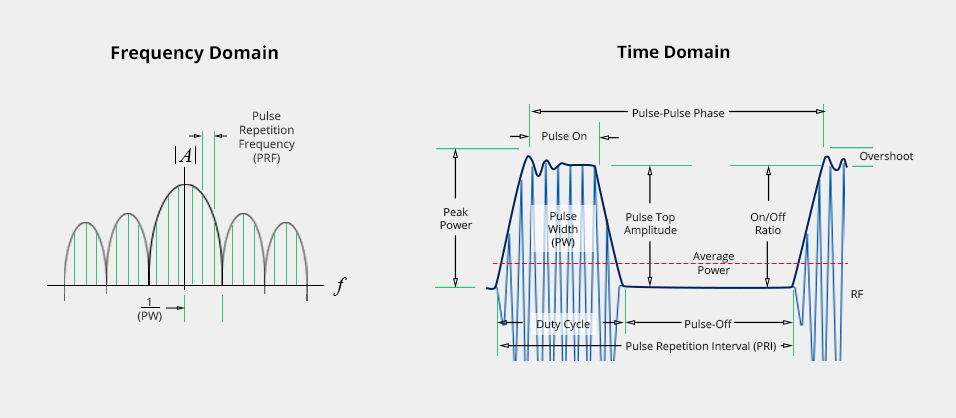I'm looking to measure the signal width of electronic signals (device under test, DUT). The problem is that these signals have a quite short pulse width which would require me to use a GHz oscilloscope which I don't have (and can not afford at the moment). I might be able to borrow a GHz oscilloscope to have a look at the signals, but want to make sure the signals are somewhat in the range of a few nanoseconds. I found the following image (see below), where from the spectrum of the signals the pulse width (PW) can be read out.
Would it be possible to use a (cheap USB) spectrum analyser (like the ldtz 35MHz to 4.4 GHz) to get a approximate feeling of the pulse width (with a accuaracy of around +/- 50%)?
The DUT produces signals of around 1-3 ns (I need to adjust the signals width) with the outut voltage of the pulses are 0 V (low) to 5 V (low). The DUT is provided by a 10 MHz Trigger source, the trigger source could be exchanged for something faster, till up to around 60 MHz. I created the DUT, all coponents are placed on a PCB and had a look with a 100 MHz oscilloscope at one example circuit which produces a 3.2 ns wide signal, it did look good...
Or would there be some simple alternatives to create a circuit to convert the pulse width of the nanosecond pulses to an analog voltage? Like with comparators?
I'm very grateful for any input, thank you very much to everyone have a look at my question.


